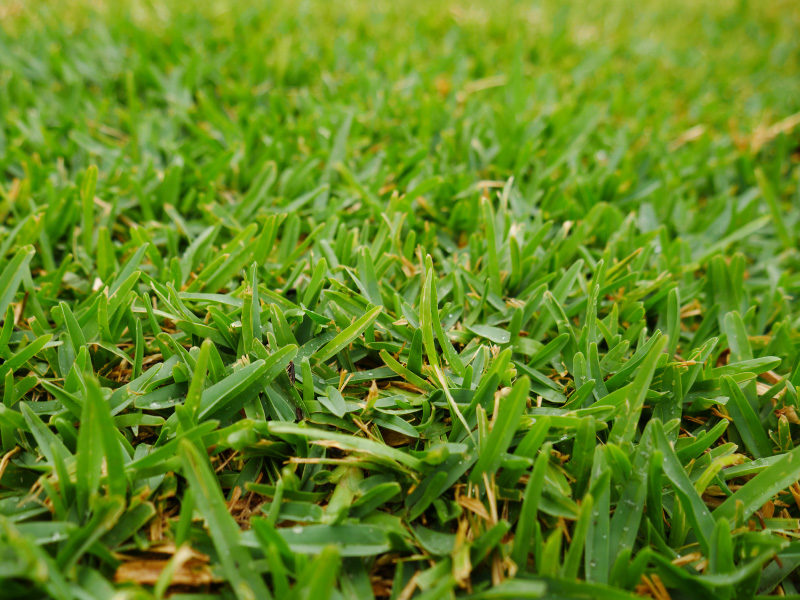Lawnmowing isn’t exactly the most exciting task in the world – but it’s necessary if you want an attractive lawn. Mowing seems simple enough, but each time you do it you’re setting your lawn up for success or failure. Mowing the lawn incorrectly can cause problems for your lawn. If you want to have the best-looking lawn possible, you need to be following good mowing habits. Here’s how to get the most out of your lawnmowing.
Choose the best time to mow
The best time to mow is in the cool of the day. Mid-morning is hands down the best time to mow your lawn. It’s not a great idea to mow wet grass, as this can cause disease to spread through your lawn as well as soil compaction. It’s also problematic for your lawnmower. Wet grass will fill and clog the mower and may cause corrosion. Leaving the mowing until the dew has dried is a much better idea. Plus, you want to get the mowing done before the hottest part of the day. Leaving a short lawn exposed on a hot, sunny day can stress the grass unnecessarily.
Mow at the correct height for your grass type
The key to having a fresh- and healthy-looking lawn is mowing your grass at the correct height. The specific mowing height of your grass depends on the variety of grass you have growing. Each type of grass has an optimal mowing height. Some common mowing heights are:
- Sir Walter Buffalo DNA Certified – 40mm
- Nullarbor Couch – 20mm
- Eureka Kikuyu – 30mm
- Rhizomatous Tall Fescue Grass – 40mm
However, if you’re not sure what type of grass you have, it’s best to stick to the rule of thirds. Only mow off one third of the leaf blade length. If you cut any more than that you run the risk of reducing the root growth, which is not ideal for long-term lawn health. You can seriously deplete the lawn’s energy reserves if you mow too low. And weeds and pests will find it easier to invade your lawn when it’s very short.
Mow for the seasons
Weather and seasonal conditions will affect the length you can cut your grass. During periods of extreme heat, mowing your grass a little higher will lessen the stress on the grass. Longer grass will develop deeper roots and be better able to withstand drought conditions. You can afford to mow the grass a little longer too during cooler winter periods. This will aid photosynthesis by keeping the leaf blades longer.
If your grass is recovering from drought, disease or damage, leave your lawn a little longer when you mow. This will allow it to photosynthesise better while it’s recovering. Try to avoid mowing if extremely hot weather is forecast as well.
Mow your lawn regularly
Regular mowing is the best practice for keeping your lawn healthy and under control. Mowing on a regular schedule will help prevent your grass from getting out of hand while still allowing it time to grow.
Grass that’s allowed to grow too long can prevent sunlight from reaching the undergrowth. This may lead to the grass browning and dying off. Grass that’s cut too short will be more vulnerable to pest, disease and weed infestations.
Keeping your lawn at a consistent height creates a consistent level of nutrients in the grass. Lawns that aren’t mowed regularly are often less healthy than those that are. It’s important to get your lawnmowing schedule right.
Obviously, you will need to mow more often when your grass is in growing season. As a general guide, mow every one to two weeks in summer, and every two to five weeks in autumn and winter. Spring mowing will vary depending on weather conditions and rainfall levels, so you’ll need to keep an eye on your lawn and mow when necessary. How often you actually need to mow will depend upon your lawn variety, your climate and environmental conditions and how you like your lawn to look.
Vary your pattern
Don’t mow your lawn in the same direction and the same way each time. This can lead to compacted soil. Change your routine and mow in a different direction and pattern every so often.
Don’t scalp an overgrown lawn
Scalping your lawn occurs when you let it grow too long and then cut off more than half of the leaf blade. This can cause serious damage to your lawn by cutting into the crown of the grass. If you take off too much of the leaf the grass will become stressed. A scalped lawn can become sparse and weak, and is often susceptible to infestations from diseases, pests and weeds. Most grass varieties need a bit of length to be able to keep weeds and pests out.
Use your grass clippings efficiently
Leaving the catcher off and the clippings on the lawn can be highly beneficial for your grass. This allows valuable nutrients to return to the soil without costing you a cent. The grass will break down naturally and allow natural fertilisers such as phosphorus, potassium and nitrogen to be easily returned to the lawn. And you’ll make savings in time and energy too.
For more ideas about how you can use your grass clippings, see this post .
Prepare your mower
Keep your mower blades sharp, so that they cut rather than tear the grass. Tearing into the grass will give the leaf a jagged and uneven edge and cause it to lose moisture more easily. The grass can then become discoloured and prone to diseases and pests.
Stay safe
Although it’s a commonplace task, don’t forget to take safety precautions while mowing. Doing the job in shorts and thongs with a stubbie in hand is never a wise idea, no matter how hot it is. It’s a much better idea to wear proper protective equipment, including:
- Enclosed shoes
- Long pants
- Protective glasses
- Earmuffs
- Hat
- Sunscreen
Make sure you keep young children and pets away from the running lawnmower. Also, stop mowing when people are passing near you to avoid accidentally hitting them with debris. Clearing your lawn of any debris before you start is a good idea. And don’t leave your mower running unattended or while you’re refuelling.
Get the most out of your lawnmowing
Use your mowing time wisely to help your lawn stay thick, green and healthy and become a great focal point for your garden. Having a regular schedule and lawnmowing routine will give you a healthier lawn that’s less likely to develop problems in the future.

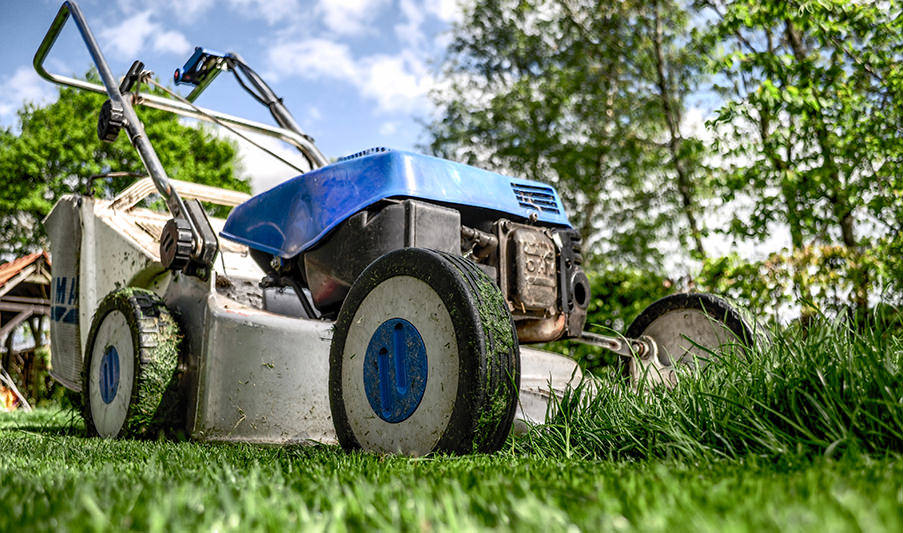
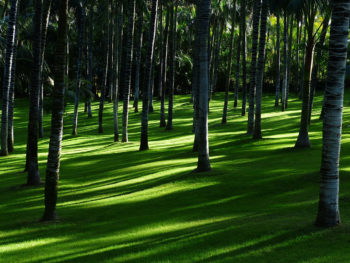
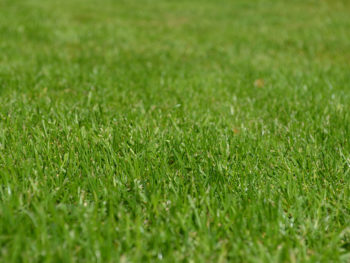
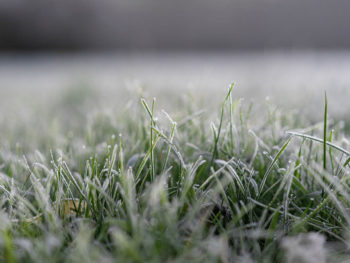
 The lowdown on grass clippings – should you use them on your lawn and what else can they be used for?
The lowdown on grass clippings – should you use them on your lawn and what else can they be used for?
